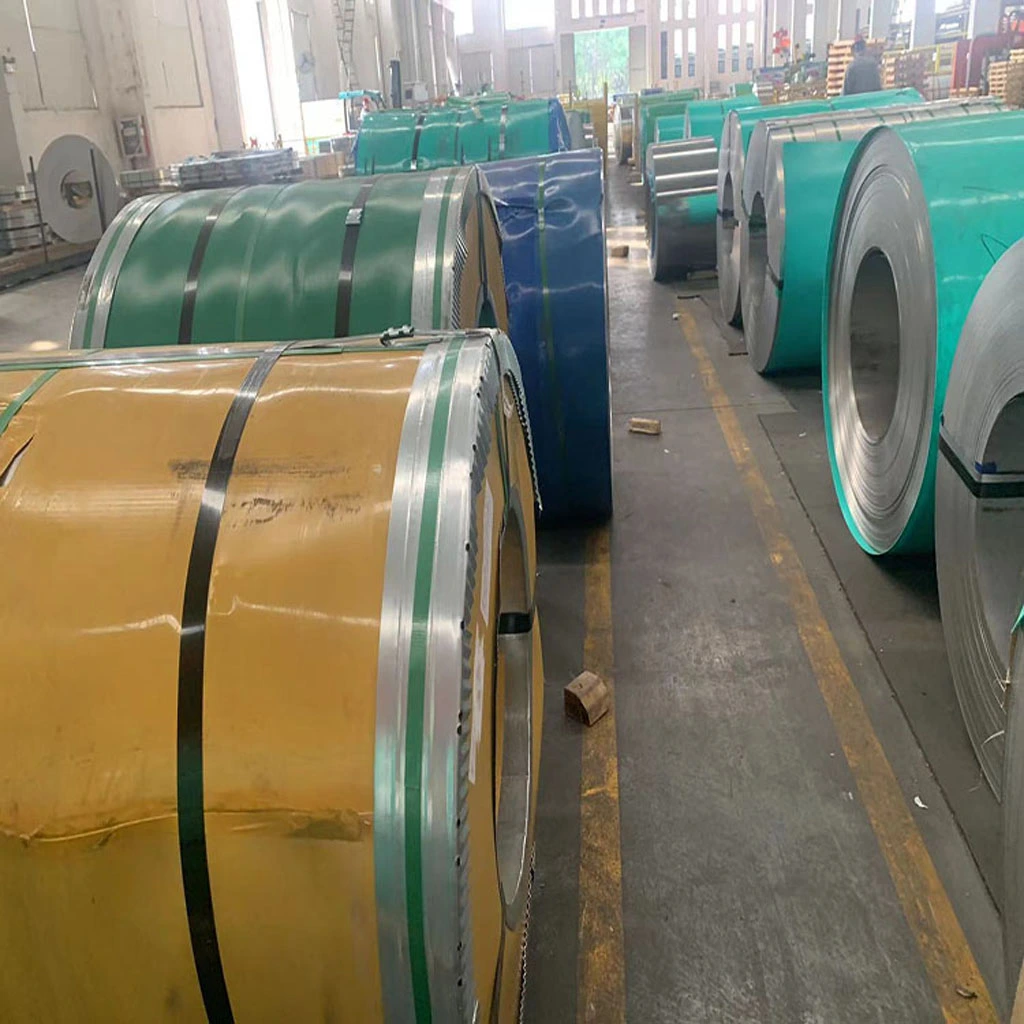What is 405 stainless steel?
2023-06-20
What is 405 stainless steel?
405 stainless steel is a type of ferritic stainless steel that is specifically designed for high-temperature applications. It belongs to the 400 series of stainless steels, which are known for their excellent corrosion resistance and durability. The main alloying element in 405 stainless steel is chromium, which imparts its resistance to oxidation and scaling at elevated temperatures. Additionally, it contains small amounts of nickel and copper, which contribute to its enhanced mechanical properties. This stainless steel variant is characterized by its good formability, weldability, and moderate strength. Due to its high chromium content, 405 stainless steel exhibits superior resistance to a wide range of corrosive environments, including atmospheric conditions, mild acids, and alkalis. Its ability to withstand high temperatures makes it a popular choice for applications such as furnace components, heat exchangers, and automotive exhaust systems.
Chemical composition of 405 stainless steel
The chemical composition of 405 stainless steel typically includes the following elements:
Chromium (Cr): Approximately 11.5-14.5%
Manganese (Mn): Approximately 1.0%
Silicon (Si): Approximately 1.0%
Phosphorus (P): Maximum 0.04%
Sulfur (S): Maximum 0.03%
Carbon (C): Maximum 0.08%
In addition to these elements, trace amounts of other elements may be present, depending on the specific manufacturing process and desired properties of the steel.
What are the mechanical properties of 405 stainless steel?
The mechanical properties of 405 stainless steel typically vary depending on factors such as the heat treatment applied and the specific manufacturing process used. However, here are the general mechanical properties associated with 405 stainless steel:
Tensile Strength: The tensile strength of 405 stainless steel is typically in the range of 480-600 megapascals (MPa).
Yield Strength: The yield strength of 405 stainless steel is typically around 275-350 MPa.
Elongation: It exhibits a moderate level of elongation, usually in the range of 25-30%, indicating its ability to deform without fracturing under tensile stress.
Hardness: The hardness of 405 stainless steel is commonly measured using the Rockwell hardness scale, with values ranging from approximately 80 to 95 HRB (Rockwell B Hardness).
Modulus of Elasticity: The modulus of elasticity, also known as Young’s modulus, is typically around 200 gigapascals (GPa). This property measures the stiffness and elastic deformation of the material.
What are the physical properties of 405 stainless steel?
The physical properties of 405 stainless steel include:
Density: The density of 405 stainless steel is typically around 7.75 grams per cubic centimeter (g/cm³). This value indicates its mass per unit volume and is relatively high compared to some other stainless steel grades.
Melting Point: The melting point of 405 stainless steel is approximately 1455-1510 degrees Celsius (2650-2750 degrees Fahrenheit). This high melting point enables its use in applications involving elevated temperatures.
Thermal Conductivity: The thermal conductivity of 405 stainless steel is relatively low compared to some other metals, with values ranging from about 10 to 14 watts per meter-kelvin (W/m·K). This property determines its ability to conduct heat.
Electrical Conductivity: 405 stainless steel is a poor conductor of electricity, with relatively low electrical conductivity compared to metals like copper or aluminum. Its electrical conductivity is typically around 3-4 percent of the International Annealed Copper Standard (IACS).
Magnetic Properties: 405 stainless steel is ferromagnetic, which means it exhibits magnetic properties and can be magnetized. It responds to magnetic fields and retains magnetism after the removal of the field.
What are the characteristics of 405 stainless steel?
405 stainless steel possesses several characteristic features, including:
Corrosion Resistance: One of the key characteristics of 405 stainless steel is its excellent resistance to corrosion. It demonstrates good resistance to atmospheric conditions, mild acids, alkalis, and some organic solvents. This makes it suitable for applications where exposure to corrosive environments is a concern.
High-Temperature Resistance: 405 stainless steel is specifically designed to withstand high temperatures without significant degradation. Its chromium content provides resistance to oxidation and scaling at elevated temperatures, making it suitable for use in applications such as furnace components and heat exchangers.
Formability: This stainless steel variant exhibits good formability, allowing it to be easily shaped and fabricated into various forms. It can be welded, bent, and formed using common techniques, making it versatile in manufacturing processes.
Moderate Strength: 405 stainless steel offers moderate strength, providing sufficient structural integrity for many applications. While it may not possess the same strength levels as some other stainless steel grades, it still offers satisfactory mechanical properties for numerous purposes.
Common Applications of 405 Stainless Steel
405 stainless steel finds application in a variety of industries due to its advantageous properties. Its excellent corrosion resistance, high-temperature capability, and formability make it suitable for various applications. One common application of 405 stainless steel is in the manufacturing of furnace components, such as radiant tubes, burner grids, and thermocouple protectors, where it withstands the extreme heat and corrosive atmospheres found in high-temperature environments. It is also utilized in heat exchangers and boilers due to its resistance to oxidation and scaling at elevated temperatures. Additionally, 405 stainless steel is employed in automotive exhaust systems, where its corrosion resistance helps withstand the corrosive effects of exhaust gases and the high temperatures generated. Its weldability and formability make it a viable choice for fabricated components in industries such as chemical processing, power generation, and food processing, among others.
